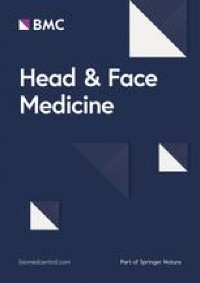
JAMA Otolaryngol Head Neck Surg. 2021 Oct 14. doi: 10.1001/jamaoto.2021.2715. Online ahead of print.
ABSTRACT
IMPORTANCE: The incidence of Graves disease (GD) is rising in children, and adequate care of these patients requires a multidisciplinary approach. Whether patients are seen in the context of endocrinology, nuclear medicine, or surgery, it is important to know the nuances of the therapeutic options in children.
OBSERVATIONS: Given the rarity of GD in children, it is important to rec ognize its various clinical presenting signs and symptoms, as well as the tests that may be important for diagnosis. The diagnosis is typically suspected clinically and then confirmed biochemically. Imaging tests, including thyroid ultrasonography and/or nuclear scintigraphy, may also be used as indicated during care. It is important to understand the indications for and interpretation of laboratory and imaging tools so that a diagnosis is made efficiently and unnecessary tests are not ordered. Clinicians should be well-versed in treatment options to appropriately counsel families. There are specific scenarios in which medical therapy, radioactive iodine therapy, or surgery should be offered.
CONCLUSIONS AND RELEVANCE: The diagnosis and treatment of pediatric patients with GD requires a multidisciplinary approach, involving pediatric specialists in the fields of endocrinology, ophthalmology, radiology, nuclear medicine, and surgery/otolaryngology. Antithyroid drugs are typical ly the first-line treatment, but sustained remission rates with medical management are low in the pediatric population. Consequently, definitive treatment is often necessary, either with radioactive iodine or with surgery, ideally performed by experienced, high-volume pediatric experts. Specific clinical characteristics, such as patients younger than 5 years or the presence of a thyroid nodule, may make surgery the optimal treatment for certain patients.
PMID:34647991 | DOI:10.1001/jamaoto.2021.2715



